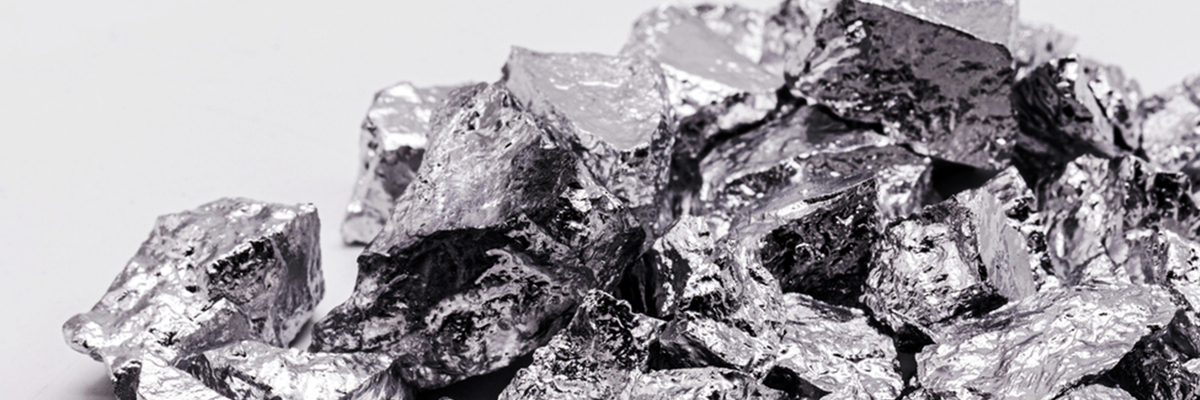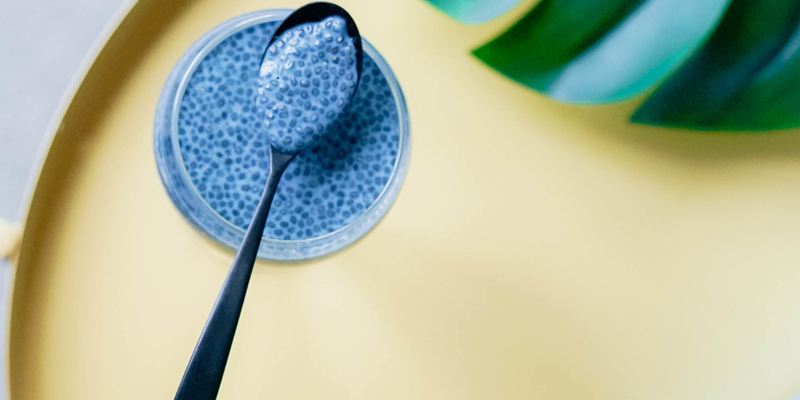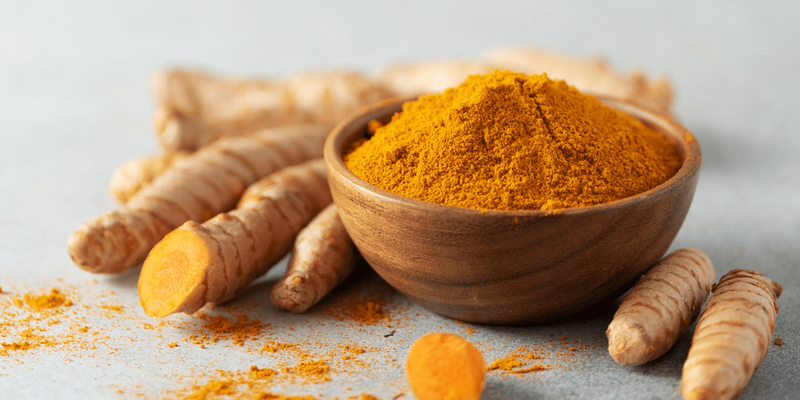
All about Silicon
Silicon is gaining popularity, but what exactly is it? This mineral naturally occurs in food and our bodies, but can now also be found in various supplements. In this blog, you'll learn all about how silicon works, the different forms of silicon, and its benefits.
What is Silicon?
Silicon is an essential trace element naturally found in the earth's crust and in our cartilage, bones, connective tissue, skin, hair, and nails. Although silicon is less well-known than minerals like calcium and magnesium, this mineral has certainly become more popular in recent years.
Who is Silicon for?
Silicon is involved in the structure of connective tissue, bones, skin and hair. If you want to maintain your skin's elasticity or keep your hair, skin, and nails healthy, it's worth considering how much silicon you're getting. Silicon is also important for the absorption of minerals like calcium and magnesium, making it appealing for people – such as athletes and the elderly – who wish to support their bones and joints.
Where is Silicon Found?
Silicon is not only found in our earth's crust and bodies but also in foods such as:
- Whole grains, like oats and brown rice
- Vegetables such as spinach, beans, and cucumber
- Potatoes
- Bananas
- Herbs like nettle and horsetail
- Bamboo extract, which contains a high concentration of silicon
- Drinking water, depending on the soil from which it is sourced
By eating a varied diet – with enough vegetables and whole grains, you can achieve a basic level of silicon intake. For additional support, a supplement might be beneficial.
What Types of Silicon Are There?
Silicon comes in various forms, both in food and supplements. But did you know that not all forms of silicon are equally well absorbed by the body? Here, we list them in order of bioavailability – in other words, how well your body can absorb them:
- Orthosilicic Acid (H4SiO4 - Orthosilicic Acid) – This is the most bioavailable form of silicon. Choline-stabilised orthosilicic acid (Ch-OSA) is often used in supplements because choline aids in stabilisation and absorption.
- Monosilicic Acid (H2SiO3) – A hydrated form of orthosilicic acid that sometimes occurs in water. It can be converted into orthosilicic acid in the body but is less stable and slightly less absorbable.
- Organic Silicon – This type of silicon must be converted in the body to release bioavailable silicon.
- Hydrolysed Silicon – This is formed when silicon dioxide (SiO₂) is dissolved in water, leading to the formation of silicon nanoparticles. This is less absorbable than orthosilicic acid, and often a higher dose is needed for the same effect.
- Elemental Silicon – This is a solid, natural form of silicon commonly found in the earth's crust. Although it is prevalent in food, it is hardly absorbed by the body.
Looking for the best form of silicon? Opt for orthosilicic acid or Ch-OSA, as these have the best bioavailability.
What Are the Benefits of Silicon?
Silicon is an important mineral found in our cartilage, bones, connective tissue, skin, hair, and nails. This mineral plays a role in various bodily functions:
- Skin and Hair: Silicon plays a role in the production of collagen, a protein that keeps the skin firm and elastic
- Bones and Joints: Silicon supports the absorption of calcium, thus contributing to the development of bones and joints
- Nails: Silicon is an essential building block of nails
- Connective Tissue: Silicon supports connective tissue, which is important for the joints
How to Use Silicon?
You can consume silicon through your diet, but if you take a supplement, it's useful to look at the form and dosage. Liquid silicon supplements are often better absorbed than tablets or powders. Ideally, take it on an empty stomach for optimal absorption.
How Much Silicon per Day?
There is no official recommended daily allowance (RDA) for silicon.
Good to Know
Silicon is a versatile mineral that can be a valuable addition to your daily diet. Silicon is found in your bones, connective tissue, cartilage, skin, hair, and nails. You can obtain it through food, or supplement it with a supplement. Choose a well-absorbable form of silicon, such as bioactive orthosilicic acid, for the best results.
Sources
- Voedingscentrum. (n.d.). Silicon in food. Accessed on 24 February 2025, from https://www.voedingscentrum.nl
- Healthline. (n.d.). The benefits of silicon for health. Accessed on 24 February 2025, from https://www.healthline.com
- Orthokennis. (n.d.). Silicon and health. Accessed on 24 February 2025, from https://www.orthokennis.nl
- SOHF. (n.d.). The role of silicon in the body. Accessed on 24 February 2025, from https://www.sohf.nl
- LiquidSilicium.com. (n.d.). Which different formulas of silicon are the best? Accessed on 24 February 2025, from https://liquidsilicium.com








